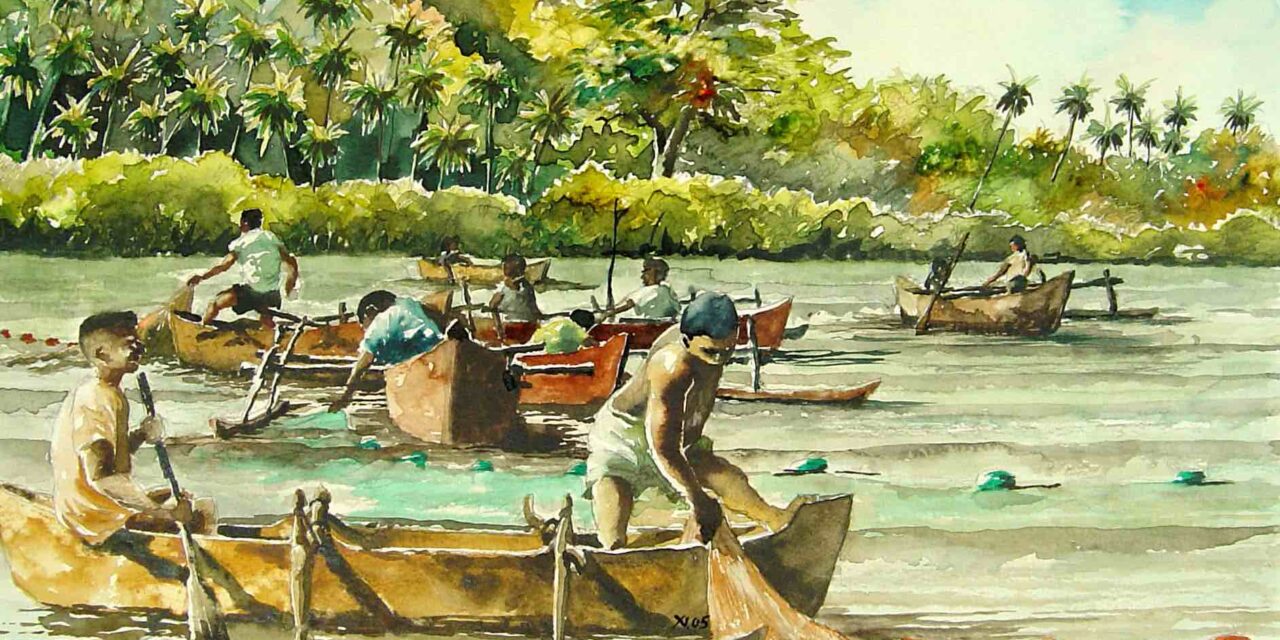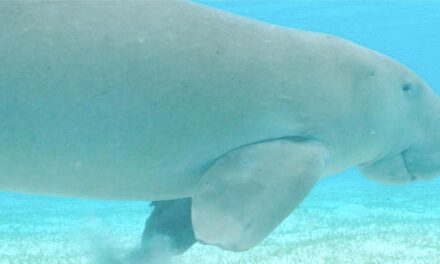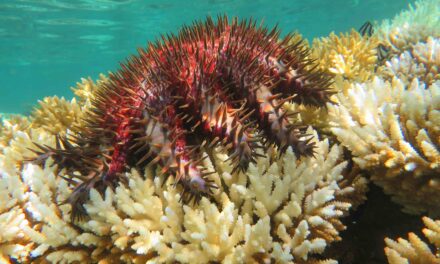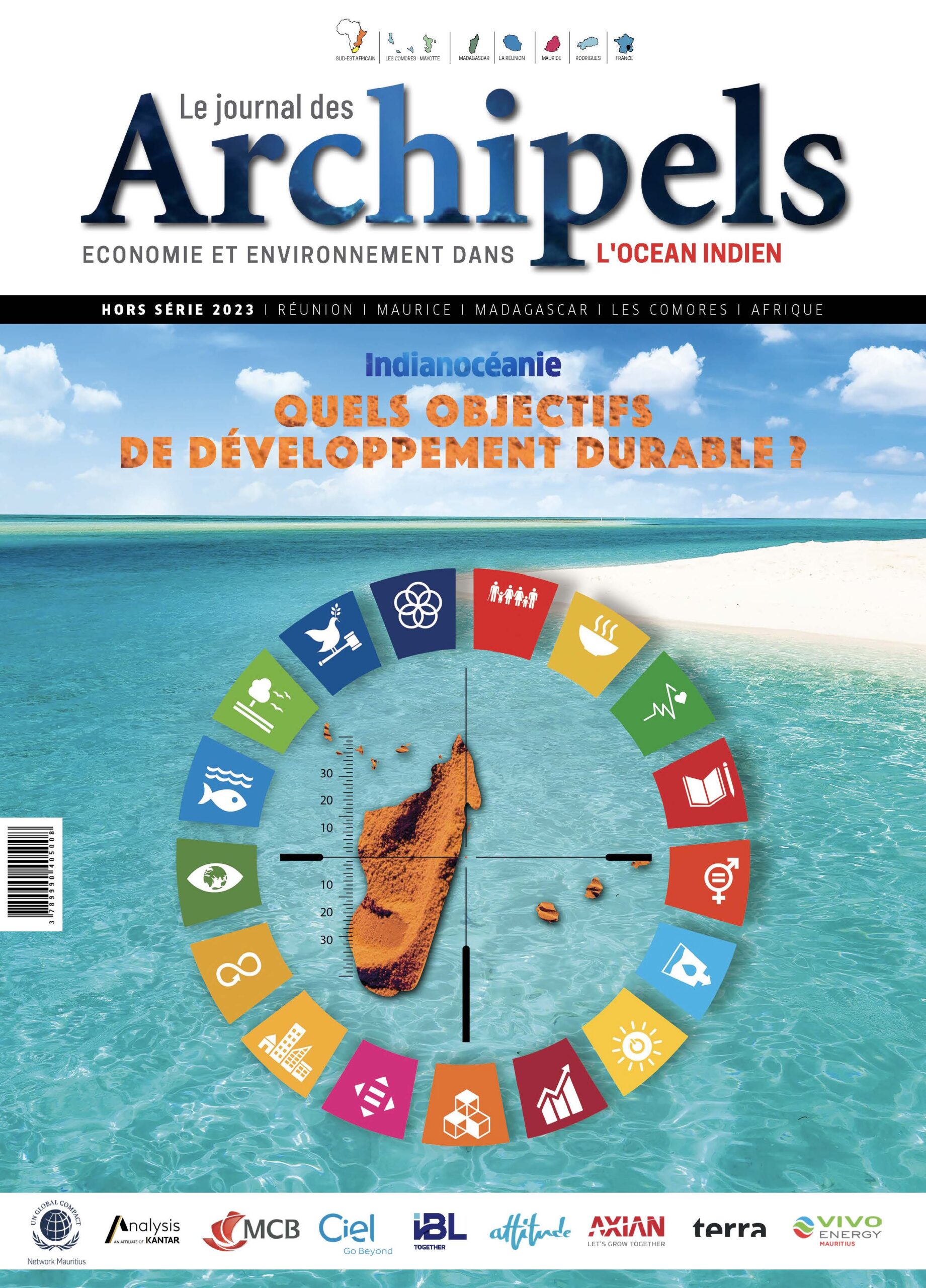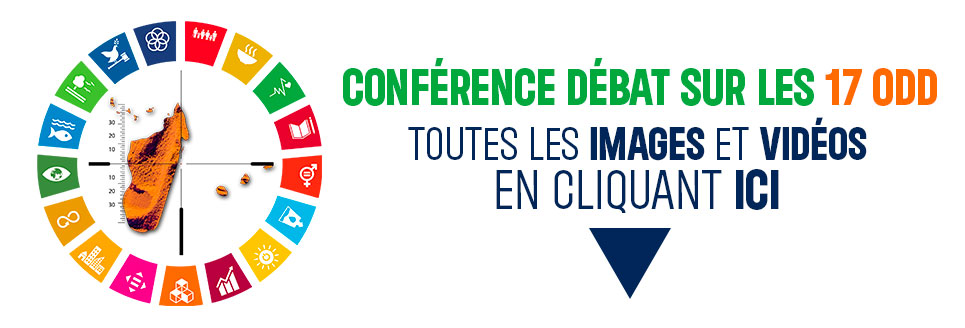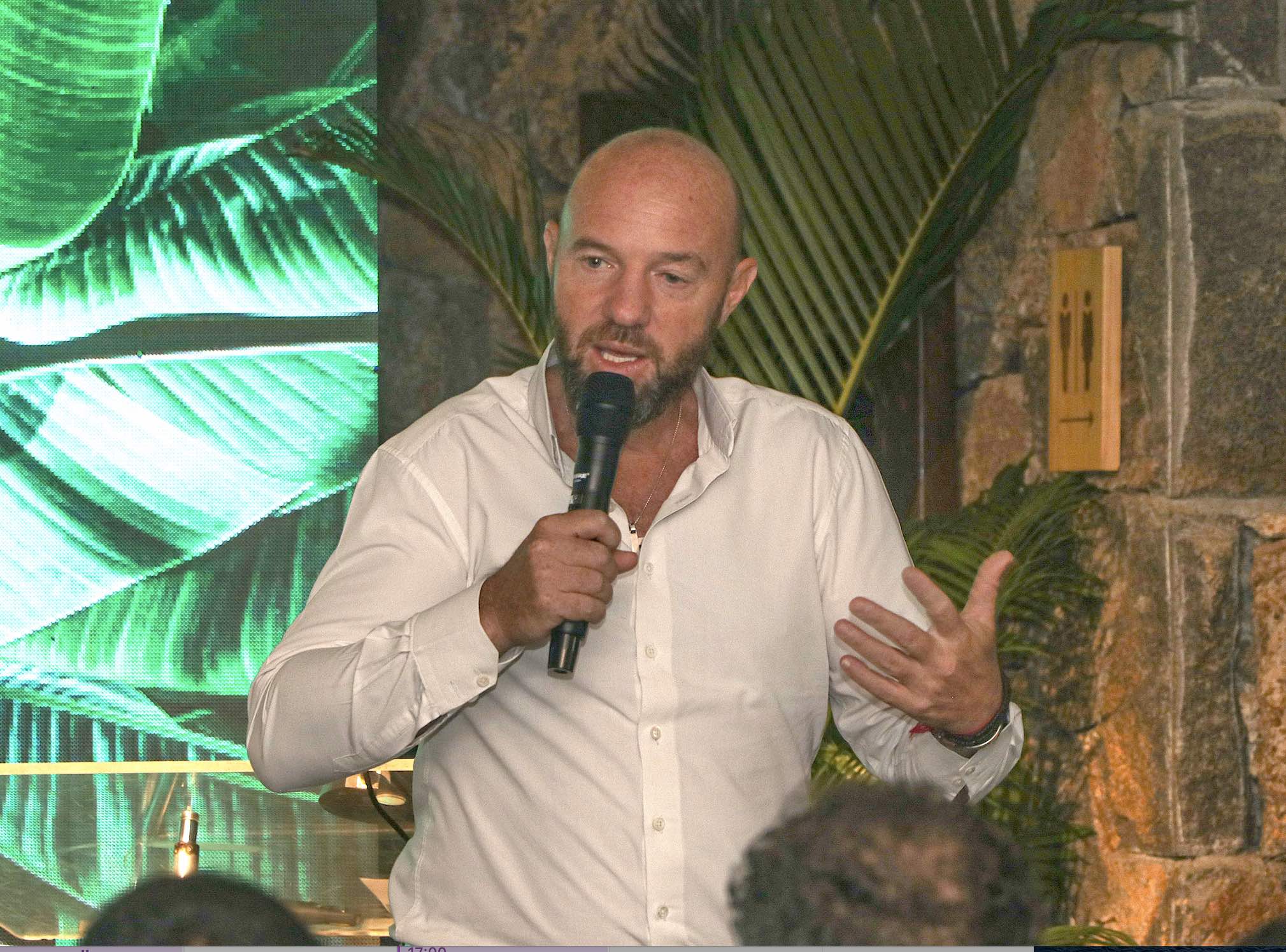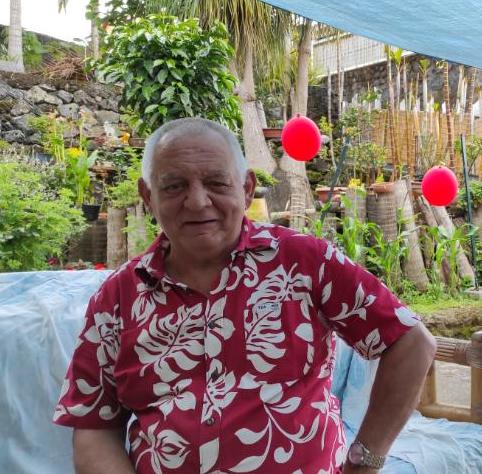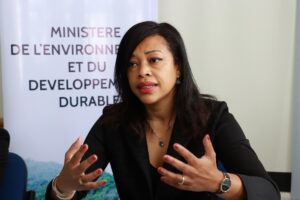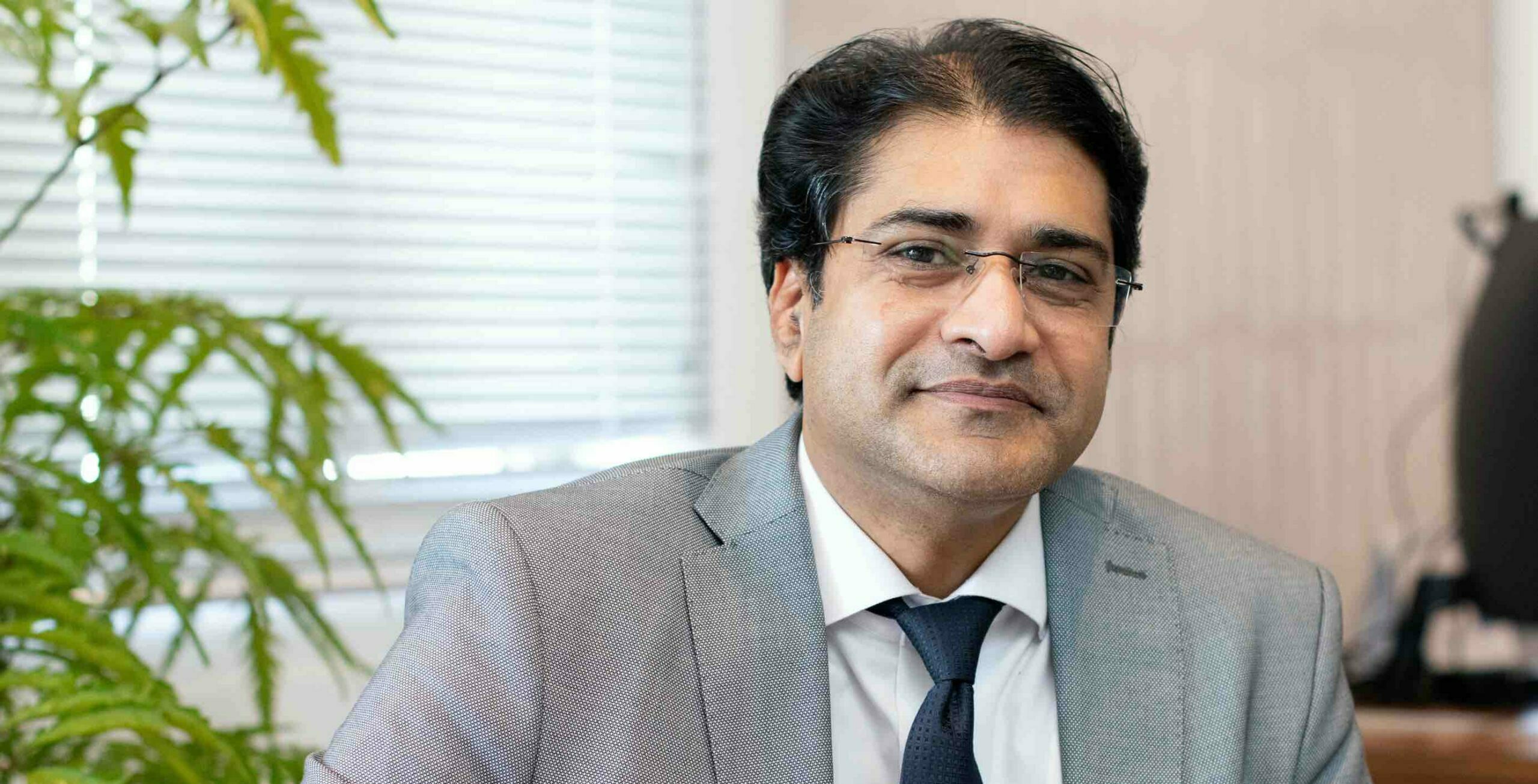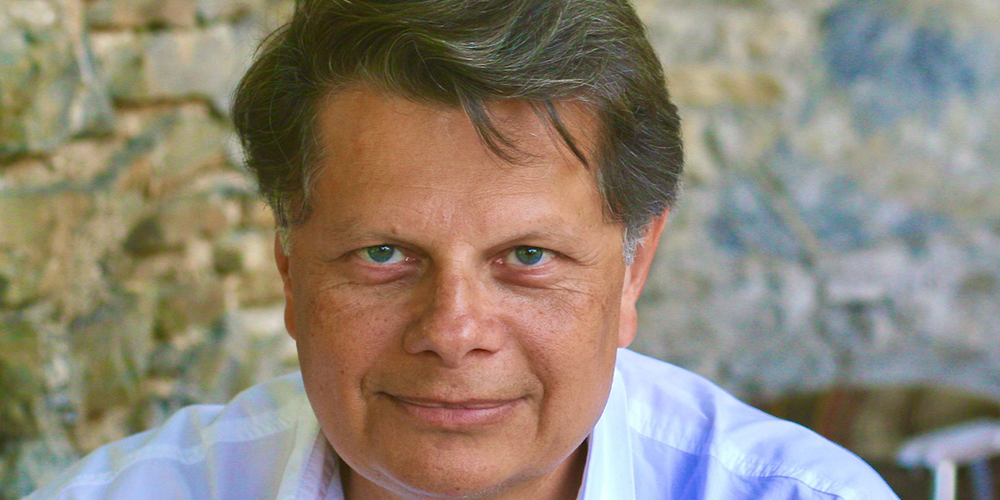On September 16, the bureau of the management council of the Mayotte Marine Natural Park gave a favorable opinion to the creation of five biotope protection zones in the Mayotte Marine Natural Park to protect turtles and white crabs. But one request went unnoticed, although it has its weight in terms of tons of yellowfin tuna: the request to ban seine fishing.
However, the Bureau added several reservations to its opinion: The Park Bureau notes the lack of new means of surveillance and control identified to verify the proper application of the new measures proposed. The Bureau recommends that a strategy for the protection of seabirds be established on the scale of Mayotte with the users and professionals of the sea. The Bureau recommends that environmentally friendly activities be allowed in the future protection zones. Saving the yellowfin tuna: the Park proposes a measure to help
Tuna on the verge of extinction
Of the four highly migratory tuna species present in the Indian Ocean, three are subject to overfishing, which means that their stocks are decreasing. One of these three species, the yellowfin tuna (Thunnus albacares), has reached the limit before its extinction. In view of this, all the member states of the Indian Ocean Tuna Commission (IOTC) have committed themselves to reducing catches of yellowfin tuna. After congratulating this regional mobilization and considering the National Strategy for Protected Areas 2030 (SNAP 2030), enjoining to “engage in fisheries conservation projects on each maritime facade in mainland France and in each maritime basin in overseas territories”, the Park proposes its contribution to the collective effort. As the governing body of a marine protected area, the Park Bureau proposes that seine fishing be prohibited in the Mayotte Marine Natural Park as of January 1, 2022. Source LNM Illustration : Gil Renaud
The Marine Natural Park in brief
The management council, which ensures the governance of the Park, has 41 members composed of local actors. It meets at least twice a year. Its members are elected for 5 years. In a collegial way, it has elaborated the management plan adopted at the end of 2012, it decides on the actions to be carried out, and takes the decisions that the technical team of the Park implements. Composition:
. 4 representatives of the State
. 8 representatives of local authorities and their groupings
. 13 representatives of professional organizations
. 6 representatives of user associations
. 3 representatives of environmental protection associations
. 7 qualified personalities


